A Parade Built From Community Roots The Valle de Guadalupe looks beautiful on any ordinary day; however, tomorrow it plans …
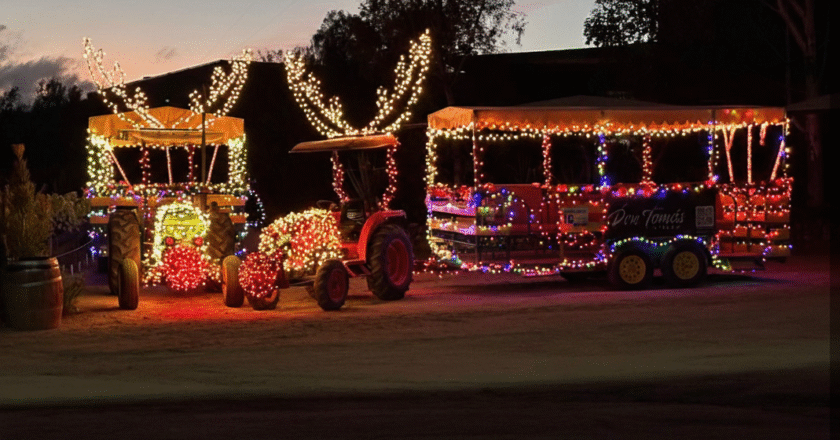

A Parade Built From Community Roots The Valle de Guadalupe looks beautiful on any ordinary day; however, tomorrow it plans …
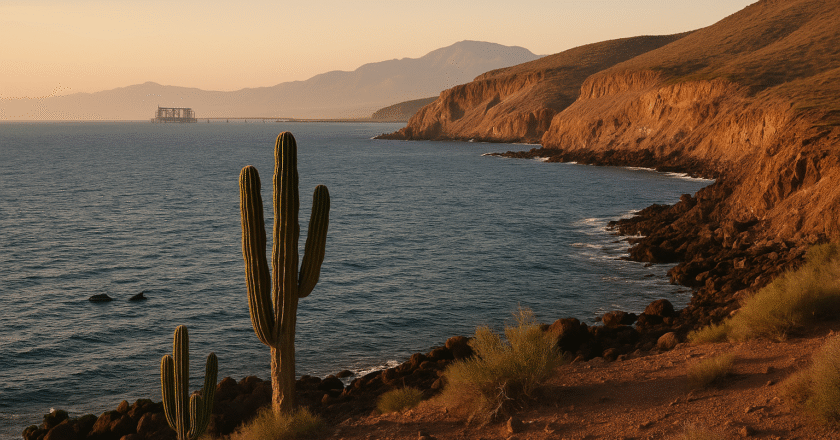
The Gulf’s New Mystery The Gulf of California loves intrigue. Sometimes whales perform surprise shows. Sometimes fishermen argue about the …

If there’s one thing that consistently confuses newcomers, long-timers, and every hungry traveler stuck in the dairy aisle at Calimax, …
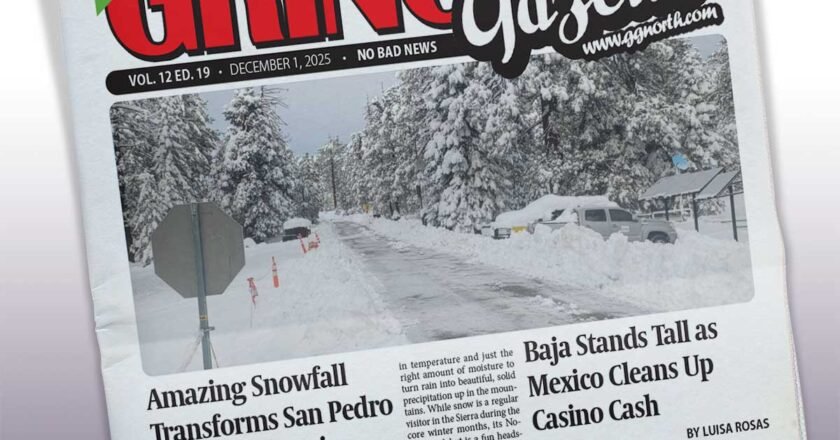
How to download a PDF of this publication:1. Locate the icon toolbar at the bottom part of the newspaper window. …
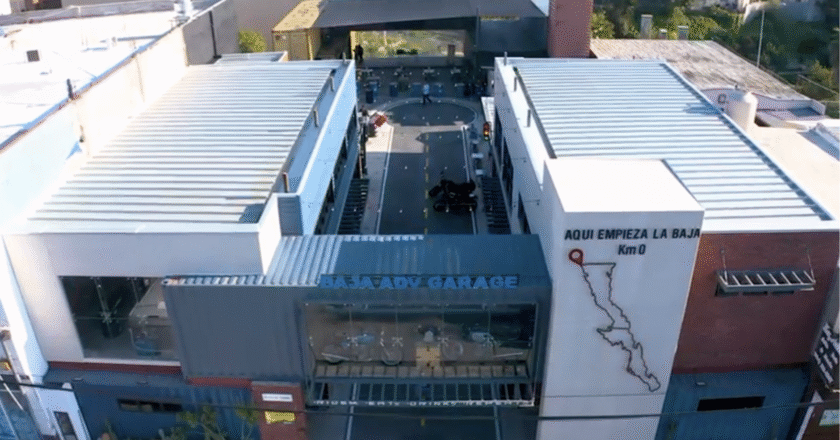
If you think “rally” means flat-out racing, dust in your teeth and a stopwatch screaming in your ear, Baja ADV …
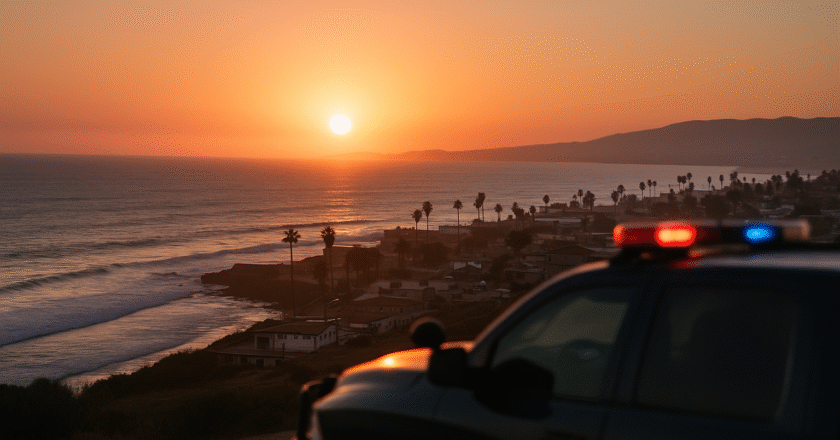
Gringo Gazette North – “No Bad News”… but not blind news either. This week Mexico sent two very different messages. …

If Baja had a personality, it would definitely be that friend who changes plans at the last minute but swears …

As a National Researcher who investigates how Artificial Intelligence (AI) transforms education and healthcare, I’ve witnessed its rapid jump from …

Hey Baja fam! Grab your hot cocoa and get ready for some seriously cool news. Our favorite mountain range, the …

Baja California loves a good reinvention. Sometimes it arrives as a new wine label in the Valle or a shiny …